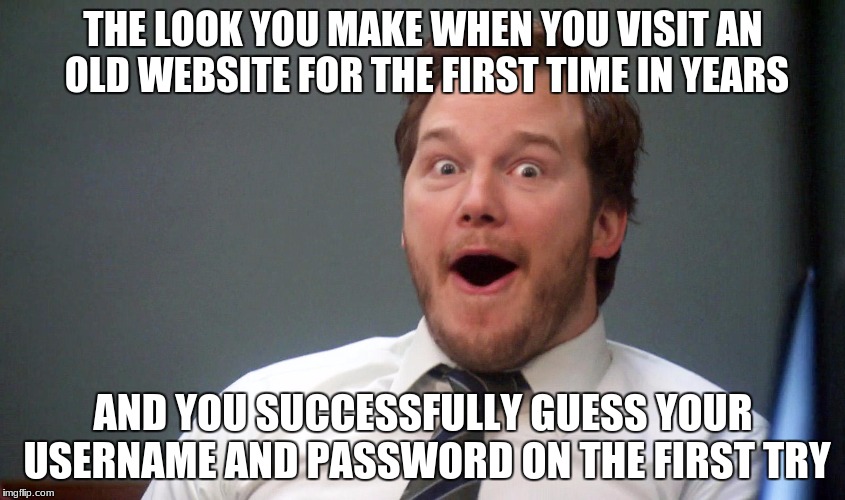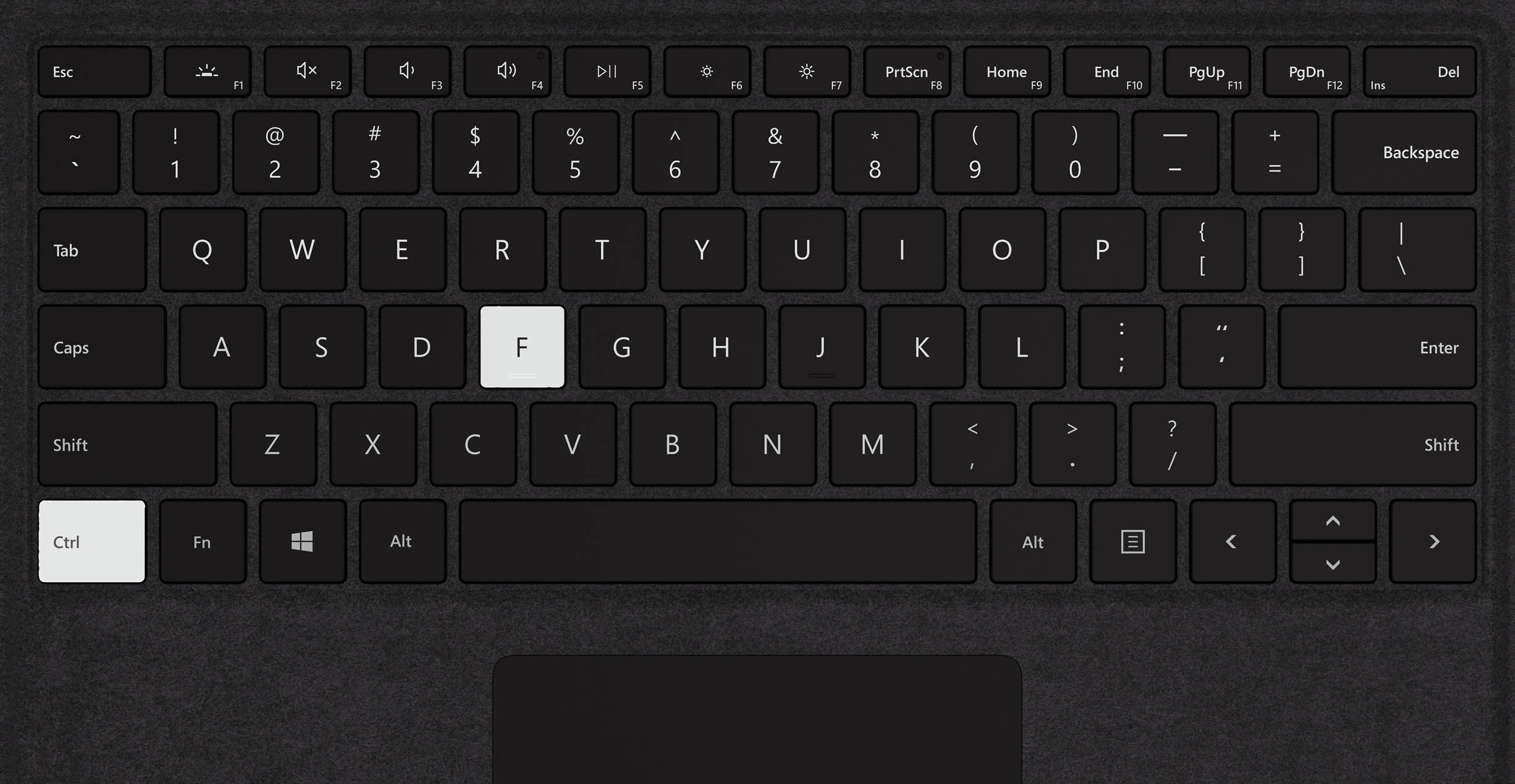On the
Leading Equity podcast "Cultural Relevance in Science with Chanel Johnson, STEMinist (love this!) Johnson was talking about highlighting famous scientists of color in the classrooms and making science and math relevant to our students. One statement that really stuck out was:
"Textbooks aren't doing it." And while her point about teachers needing to include a variety of voices was important on its own--and the discussion about respectfully incorporating culture in the classroom so that students "see themselves" in their learning is worth a listen--this also made me think about other conversations I've had with teachers about blended learning.
And while her point about teachers needing to include a variety of voices was important on its own--and the discussion about respectfully incorporating culture in the classroom so that students "see themselves" in their learning is worth a listen--this also made me think about other conversations I've had with teachers about blended learning.
Recently a teacher made a joke that along the lines of, "If I keep making videos, I won't even have to come to school anymore." And while we all laughed, the serious side of me has been thinking that this idea needs to be addressed, in part because of the misconception that textbooks, technology, and/or blended learning minimizes the roles of teachers: NOTHING can replace a good teacher in a classroom.
A great video can't do it.
A great online program can't do it.
A great textbook can't do it.
Teachers are the people who get to know their students: what is important to them in school, at home, in society, and in their futures. It is by creating and drawing on these relationships that teachers can make education meaningful, respectful, and relevant to their learners. It is through these relationships that teachers can broach difficult topics and broaden student horizons.
Along those lines, one other useful idea from the podcast was about inviting students to share phenomena in science, via TicTok or Youtube videos that come their way, or via television and movies. One example given was from Black Panther, and Ms. Johnson talked about using a scene to discuss energy transfer! Not only does inviting students to contribute make the content relevant, but it opens the door to interdisciplinary practices such as evaluating the credibility of sources (i.e. media literacy) or making connections to current events or trends. A textbook just can't keep up with all that.
-Jessica Gillespie










